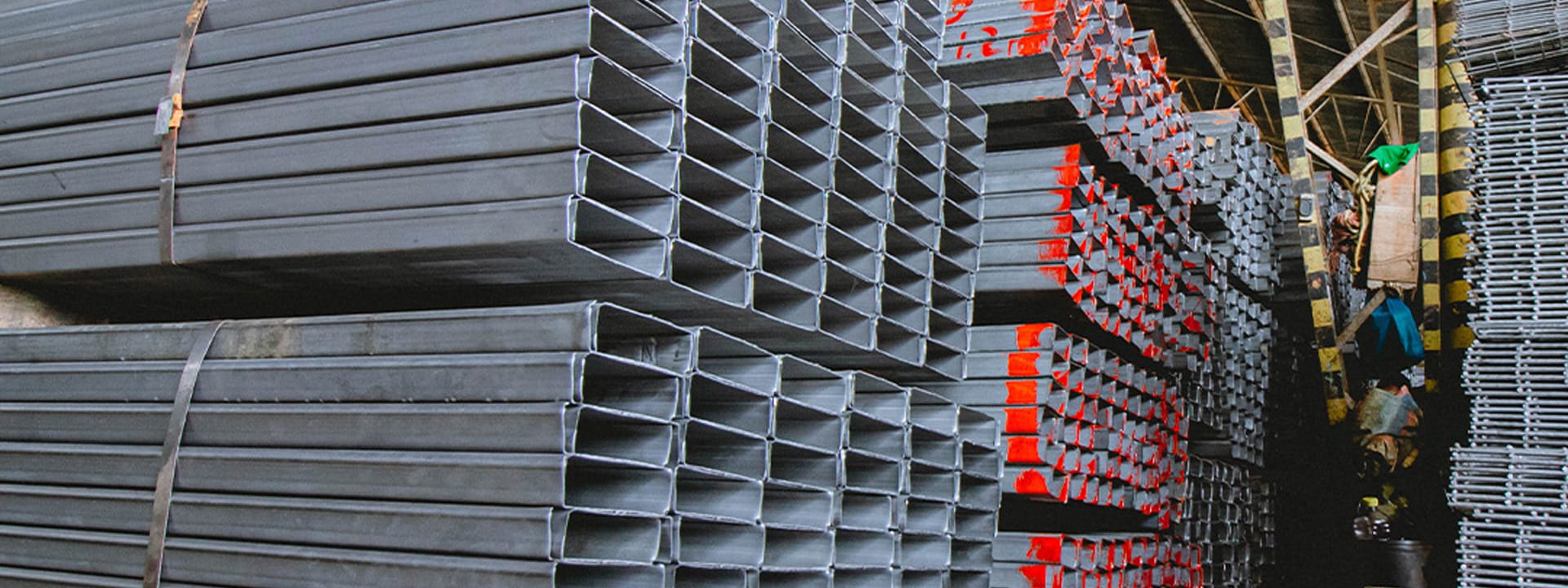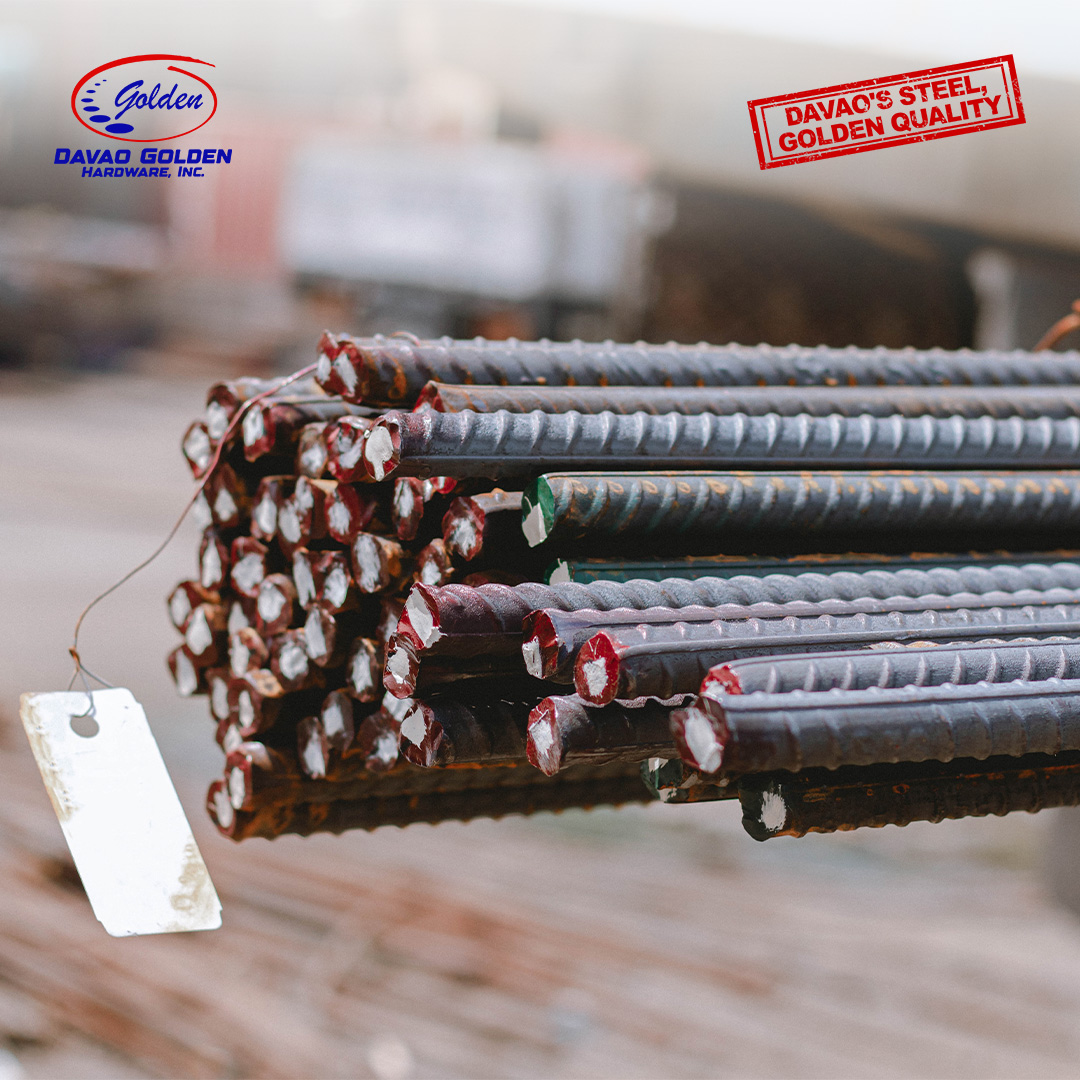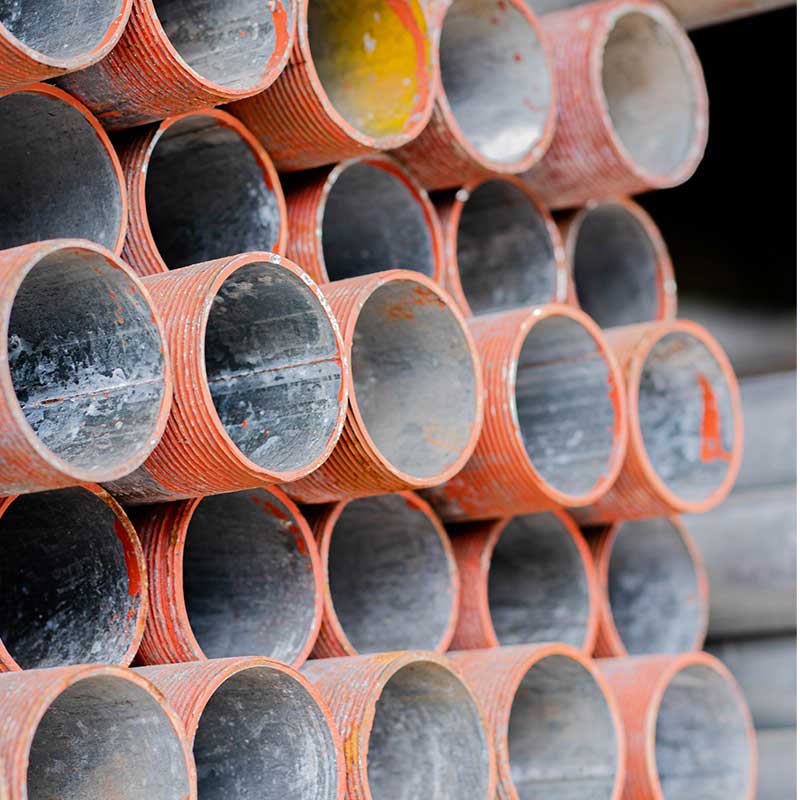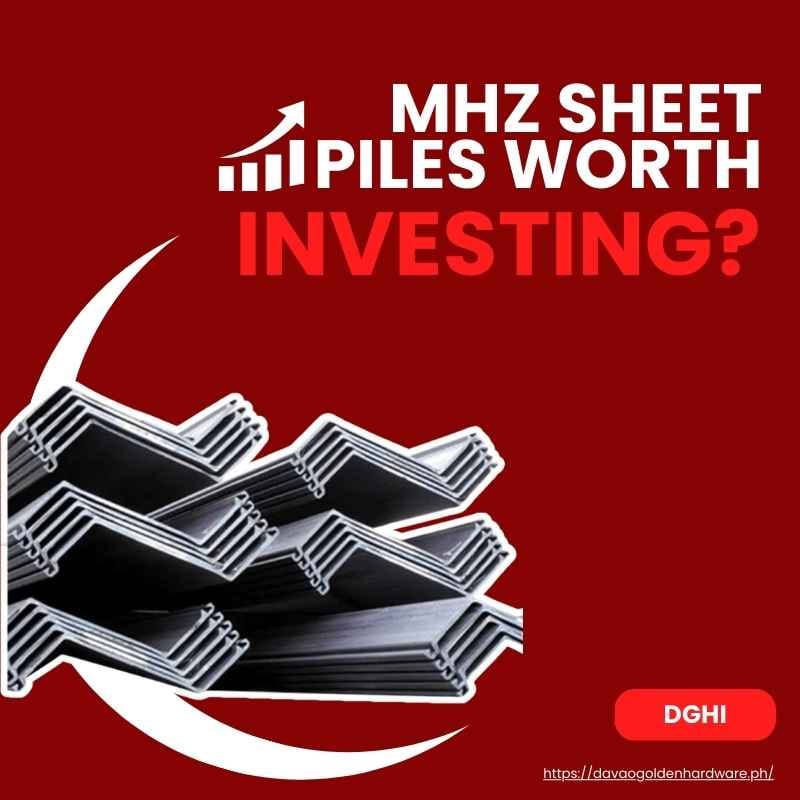MHZ Sheet Piles vs Traditional Options: Cost Analysis

When planning foundation and retaining wall systems, construction professionals are increasingly choosing cost-effective MHZ sheet pile solutions over traditional alternatives. While initial investment may seem higher, a comprehensive cost analysis reveals significant long-term advantages. This article examines how MHZ sheet piles compare financially to conventional options over a project’s lifecycle.
Initial Investment Comparison
According to the Department of Public Works and Highways (DPWH), several factors contribute to the upfront costs of structural support systems:
Material Costs
- MHZ Sheet Piles: Higher quality steel with precision engineering
- Traditional Options: Lower initial material expenses
Installation Investment
- MHZ Sheet Piles: Specialized equipment with simplified process
- Traditional Options: Labor-intensive processes with extensive formwork
While the initial material cost for MHZ sheet piles may be 15-20% higher than traditional options, this difference is often offset by installation efficiencies.
Installation Cost Analysis
The Philippine Constructors Association notes significant cost differences during installation:
Labor Efficiency
- MHZ Sheet Piles: 30-45% labor savings through faster installation
- Traditional Options: Extended labor requirements for forming, pouring, and curing
Equipment Requirements
- MHZ Sheet Piles: Focused equipment needs with shorter rental durations
- Traditional Options: Multiple equipment types needed for longer periods
Project Timeline Impact
- MHZ Sheet Piles: 40-60% faster installation reduces overall project costs
- Traditional Options: Extended timelines increase carrying costs and delay revenue generation
Lifecycle Cost Breakdown
The true value of Cost-Effective MHZ Sheet Pile Solutions becomes clear when analyzing expenses over a structure’s lifetime.
Maintenance Requirements
- MHZ Sheet Piles: Minimal maintenance, typically limited to periodic inspections
- Traditional Options: Regular maintenance including crack sealing, surface treatments, and structural repairs
Replacement Frequency
- MHZ Sheet Piles: 50+ years service life before replacement consideration
- Traditional Options: Major rehabilitation or replacement typically required after 15-25 years
Cumulative Cost Impact
A Philippine Institute of Civil Engineers analysis demonstrates that traditional options often exceed MHZ sheet pile costs within 8-12 years of installation when accounting for maintenance and repairs.
Performance Factors Affecting Cost
Several performance characteristics directly impact the cost-effectiveness of MHZ sheet pile solutions:
Durability Benefits
- Superior corrosion resistance reduces repair frequency
- High-quality steel maintains structural integrity longer
- Specialized coatings extend service life in harsh environments
Structural Reliability
- Consistent performance reduces unexpected repair costs
- Higher load capacity minimizes reinforcement needs
- Excellent soil retention prevents settlement issues
ROI Analysis for Construction Projects
The Construction Industry Authority of the Philippines highlights several return on investment advantages:
Short-Term ROI Factors
- Accelerated project completion allows faster utilization
- Reduced labor costs improve initial margins
- Lower equipment rental expenses
- Simplified installation process reduces complexity
Long-Term ROI Benefits
- Minimal maintenance requirements reduce ongoing expenses
- Extended service life delays replacement costs
- Higher property value due to superior structural support
- Reduced business interruption from repairs
Implementation Cost Considerations
To maximize the cost-effectiveness of MHZ sheet pile solutions:
Project Planning Strategies
- Comprehensive site assessment optimizes material quantity
- Proper equipment selection enhances installation efficiency
- Trained installation teams reduce errors and delays
- Strategic scheduling minimizes equipment rental costs
Quality Assurance Measures
- Proper material handling prevents damage
- Professional installation ensures optimal performance
- Regular inspection protocols identify issues early
- Documentation of installation quality supports warranties
Conclusion
While MHZ sheet piles may require a slightly higher initial investment than traditional options, comprehensive cost analysis demonstrates their superior cost-effectiveness over a project’s lifetime. The combination of installation efficiency, minimal maintenance requirements, and extended service life delivers significant financial advantages for construction professionals.
For projects where long-term performance and overall cost management are priorities, cost-effective MHZ sheet pile solutions represent a financially sound investment that continues to deliver value decades after installation.




